The History and Craft of Chess Boards: From Past to Present
The Evolution of Chess Boards: From Medieval Tables to Modern Masterpieces
Chess is a game of both strategy and beauty, and while the pieces often take the spotlight, the board beneath them plays an equally important role. Over centuries, chess boards have evolved from crude playing surfaces to finely crafted works of art — and today, they range from functional club boards to heirloom-quality masterpieces.
At The Official Staunton Chess Company, we’ve handled boards from almost every era — from antique European inlays to contemporary Italian lacquered designs. In this article, we’ll explore the history, craftsmanship, and varieties of chess boards, tracing their journey from medieval Europe to the modern living room.
1. Early Chess Boards: Simplicity and Function
The earliest chess boards were not separate items at all. In medieval Europe, chess was often played on tables with a chequered pattern painted or carved into the surface.
-
Materials were typically oak or walnut, reflecting what was locally available.
-
Boards were often fixed to furniture, making them permanent features of a noble household.
-
Square sizes varied considerably — there was no universal standard.
Some medieval boards doubled as backgammon tables or included other game patterns, making them multifunctional for entertainment in castles and manors.
2. Standardisation in the 19th Century
The 19th century brought major changes to chess, not least the creation of the Staunton chess set in 1849. As tournaments became more formalised, so did the boards.
-
Square sizes became standardised to fit tournament regulations.
-
Portable boards emerged, made from veneered woods that could be folded or stored.
-
The pairing of Staunton pieces with walnut and maple inlaid boards became a hallmark of competitive play.
Jaques of London, already famous for their chessmen, also produced fine boards, often with matching storage cases.
3. The Rise of Veneered and Inlaid Boards
By the late 19th and early 20th centuries, inlaid chess boards became the gold standard.
-
Thin slices of contrasting woods (e.g., walnut and maple) were carefully cut and glued to a stable base.
-
Borders were added for both aesthetic framing and protection of the inlays.
-
The technique allowed for perfectly even square sizes and a flat, durable playing surface.
This method is still widely used in high-quality chess boards today, including many of the European-made boards we sell at The Official Staunton Chess Company.
4. Woods and Finishes: A Matter of Taste and Tradition
The choice of wood affects not only the look of a chess board but also its feel and longevity.
Popular Woods for Chess Boards:
-
Walnut – Rich brown with subtle grain; pairs beautifully with boxwood and ebony pieces.
-
Maple – Light, smooth, and durable; often used for light squares.
-
Mahogany – Warm reddish tones; popular in both boards and storage cases.
-
Wenge – Dark, textured grain for a striking modern look.
Finishes:
-
Matte lacquer – Reduces glare under bright lights.
-
High-gloss lacquer – Found on luxury Italian boards; highly decorative.
-
Natural oil/wax – Preserves the organic feel of the wood.
5. Tournament vs. Display Boards
Not all boards are created with the same purpose in mind.
-
Tournament boards prioritise practicality — correct square size, portability, and durability.
-
Display boards emphasise beauty — larger sizes, intricate borders, or high-gloss finishes.
For example, a 4-inch Staunton king typically pairs with a 2.25-inch square board for tournament use, while a decorative board might feature larger proportions for a more imposing presence in the home.
6. The Craftsmanship Behind a Quality Board
Making a high-quality wooden chess board is a blend of precision and artistry:
-
Selecting veneers – Woods with consistent grain and colour are chosen.
-
Cutting squares – Precision is crucial; even a millimetre off will ruin the alignment.
-
Inlaying – Alternating dark and light squares are joined and fixed to the substrate.
-
Adding borders – Frame the board aesthetically and protect the edges.
-
Finishing – Sanding, sealing, and applying the chosen lacquer or wax.
In Italian workshops, boards are sometimes finished with multiple layers of lacquer and polished to a mirror sheen — a process that can take weeks.
7. Caring for a Wooden Chess Board
A chess board is an investment, and proper care ensures it lasts for decades:
-
Keep it away from direct sunlight to prevent fading.
-
Avoid storing in damp environments to prevent warping.
-
Clean with a soft, dry cloth — avoid water or harsh cleaners.
-
For natural finishes, apply a light coat of wax occasionally.
8. Modern Trends in Chess Board Design
While tradition still dominates, modern makers have introduced new twists:
-
Minimalist designs with clean lines and muted colours.
-
Exotic veneers like zebrano or macassar ebony for bold contrast.
-
Hybrid boards that combine wood with stone, glass, or metal inlays.
These designs appeal to players who want their chess set to double as a centrepiece in contemporary interiors.
9. The Board-Piece Relationship
A well-matched board enhances the beauty and playability of your chess pieces.
-
The king’s base should be about 75% of the square size.
-
Dark squares should complement, not clash with, the dark pieces.
-
Light squares should provide enough contrast for clear visibility.
This balance is especially important for luxury and reproduction Staunton sets, where proportion and harmony are part of the aesthetic.
10. Why a Quality Board Matters
It’s tempting to focus only on the chessmen, but the board is the stage on which every move unfolds. A warped, uneven, or unattractive board can spoil the experience — just as a fine, well-crafted board can elevate it.
At The Official Staunton Chess Company, we select boards that meet both functional standards for play and aesthetic standards for display. This is why our collection includes European-made inlaid boards and luxury Italian designs alongside practical club boards.
Final Thoughts
The evolution of the chess board mirrors the evolution of the game itself — a journey from practicality to refinement, from necessity to artistry. Today, whether you’re playing in a competitive setting or enjoying a quiet game at home, the right board can transform the experience.
A wooden chess board is more than a playing surface — it’s a canvas for strategy, a stage for craftsmanship, and an heirloom in the making.



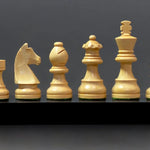
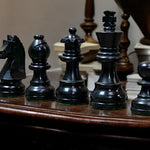
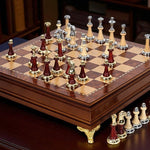
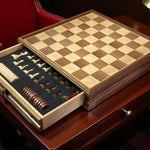
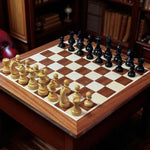
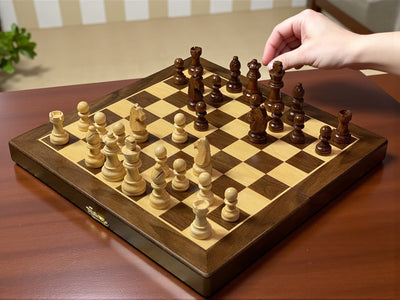
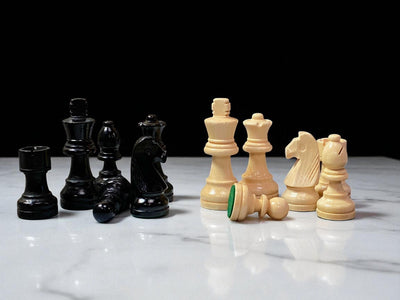
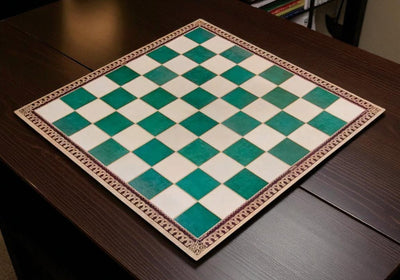
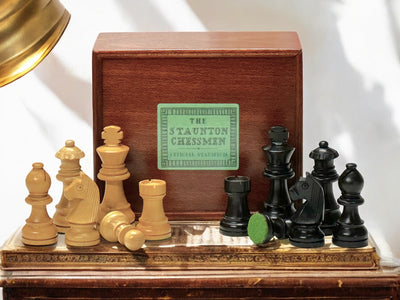
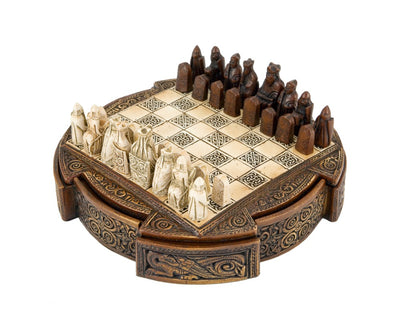
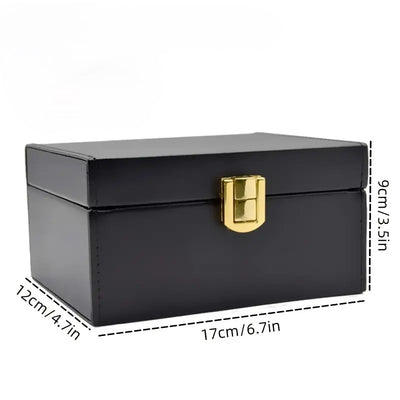
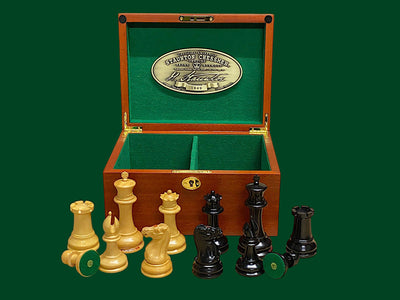
Leave a comment